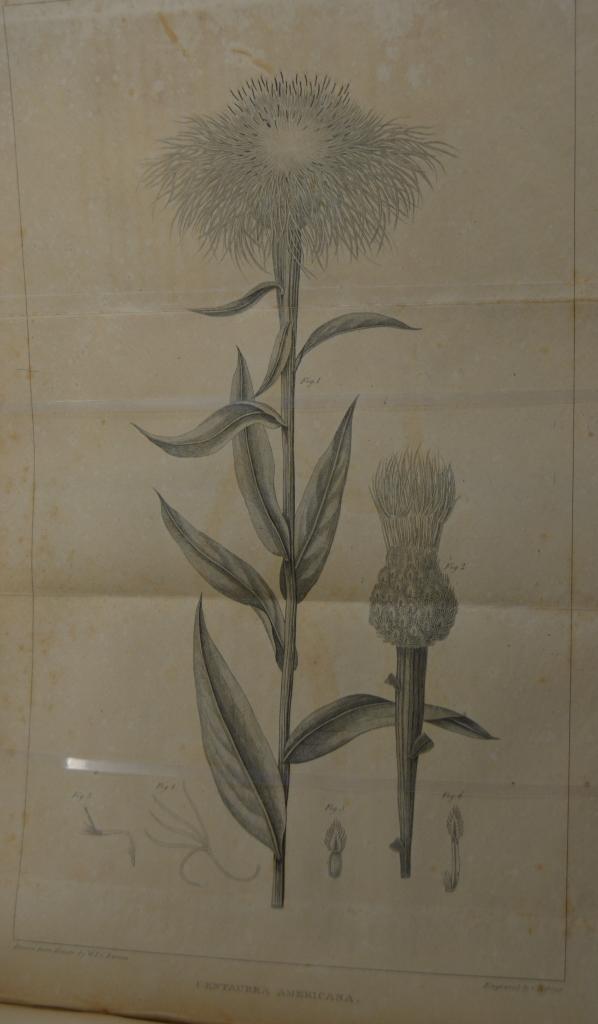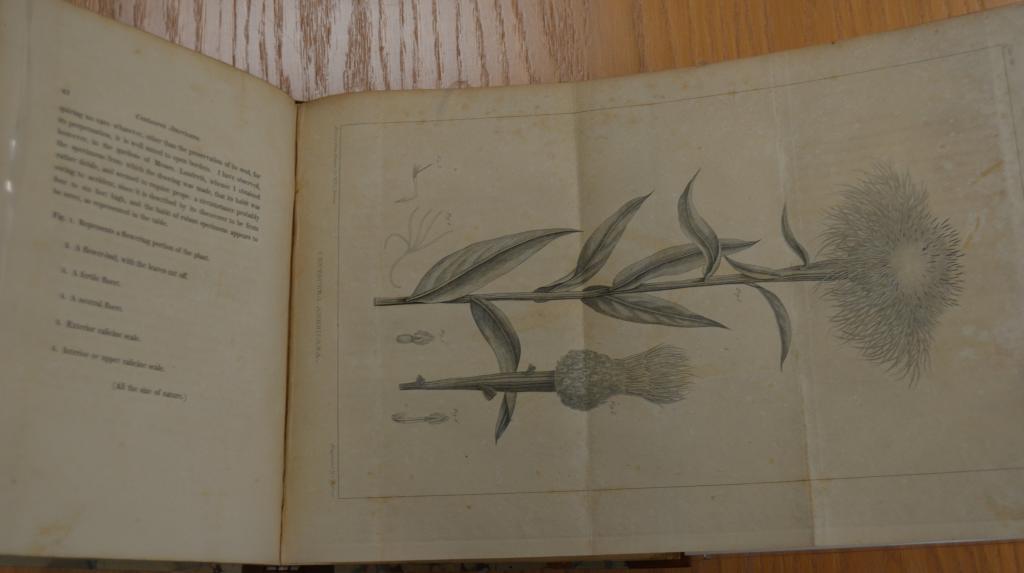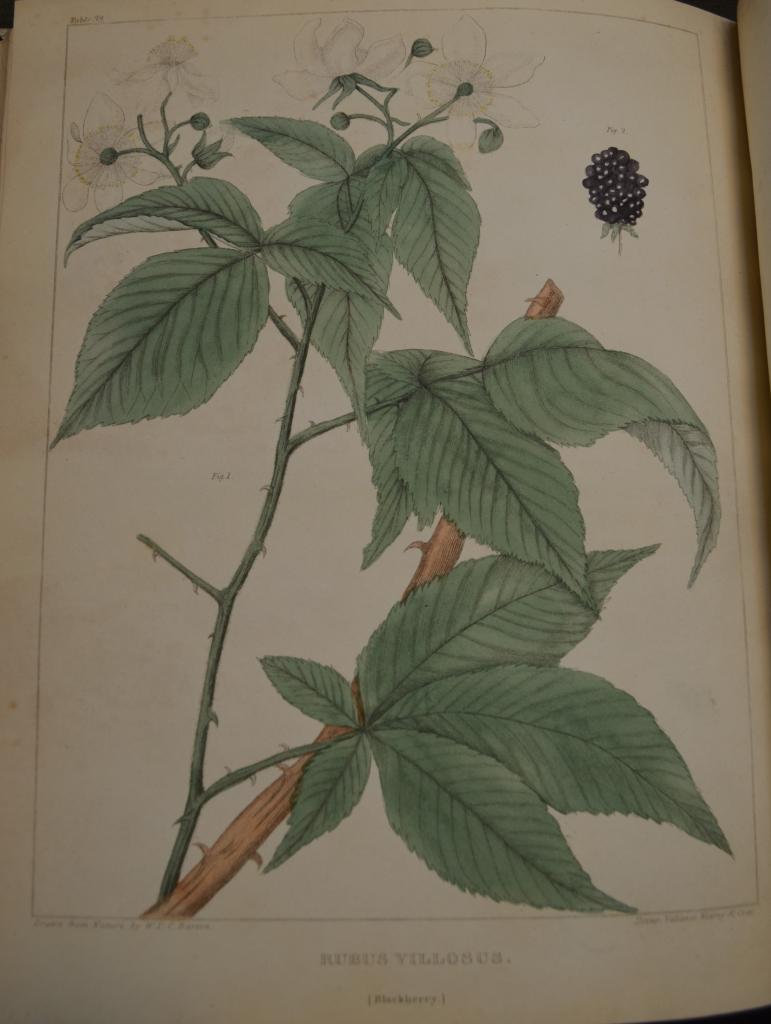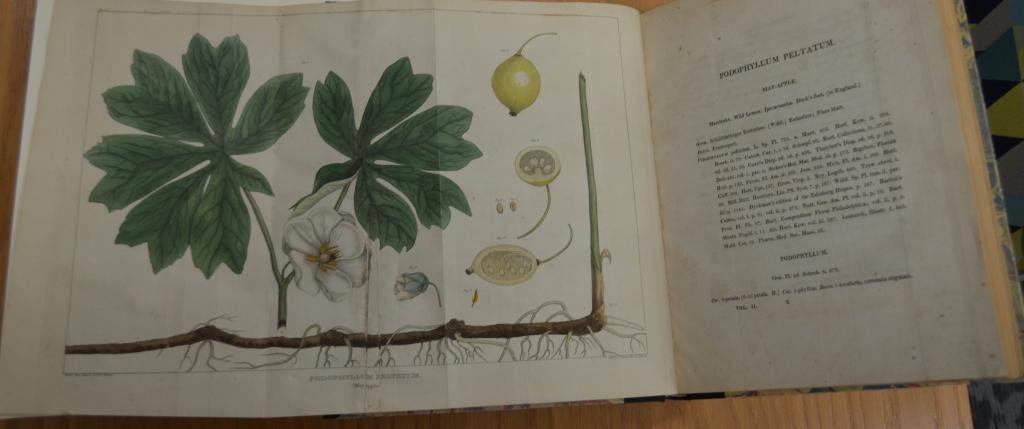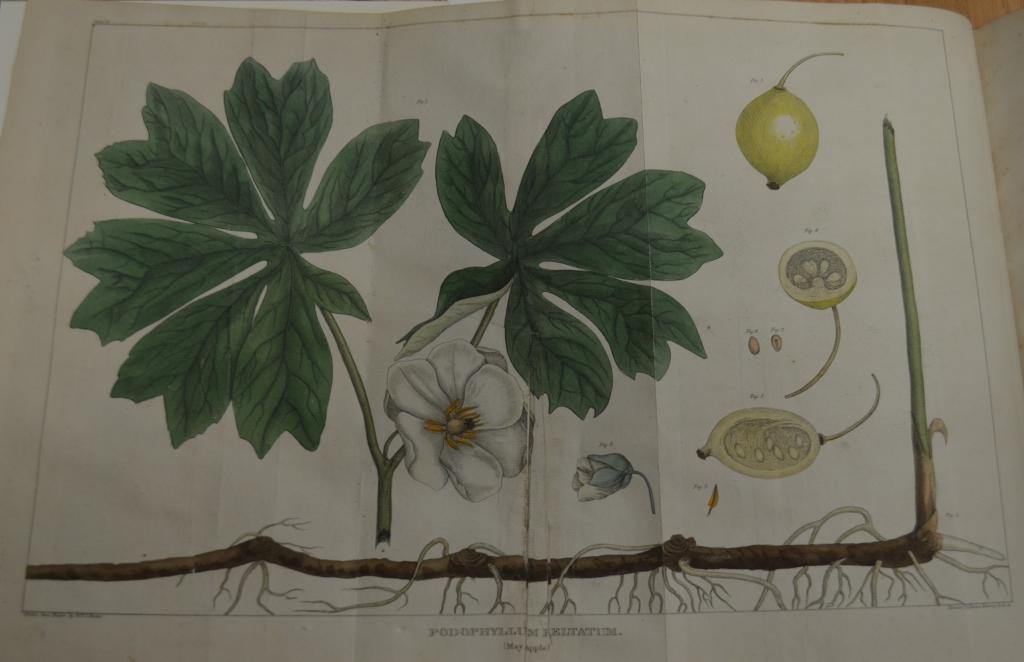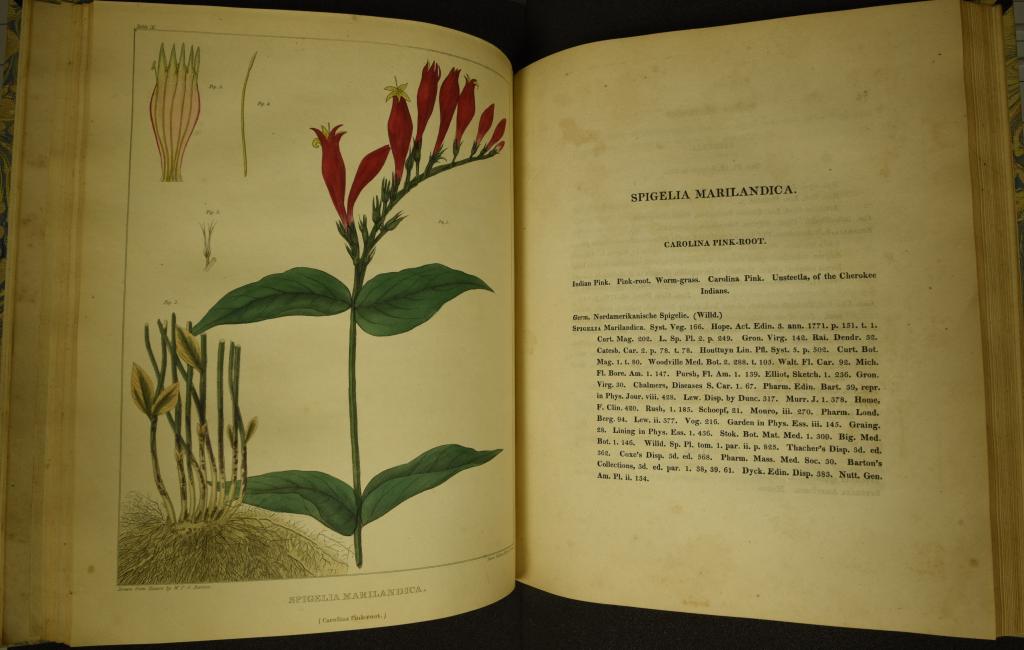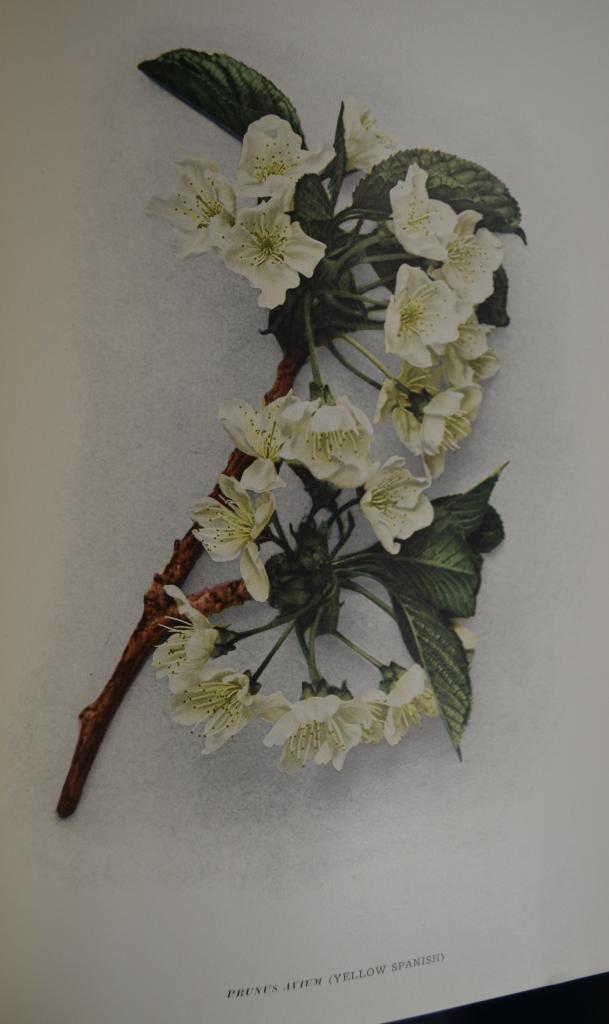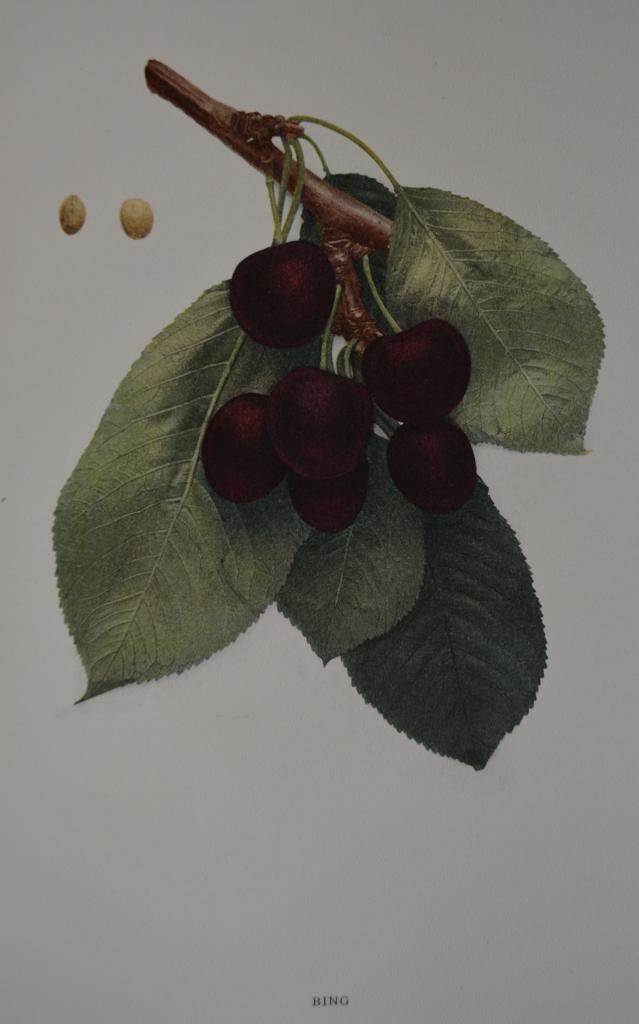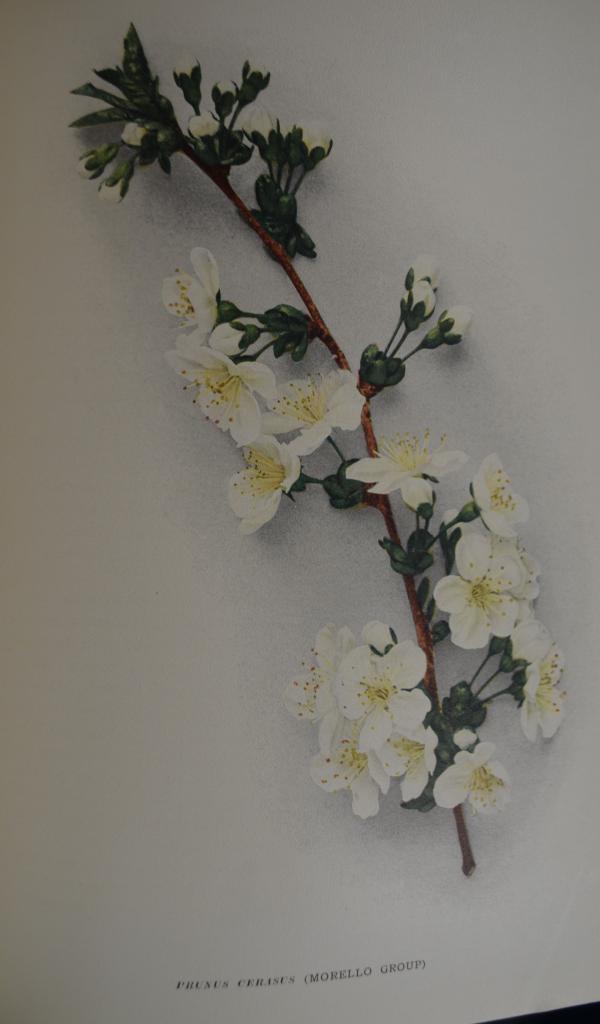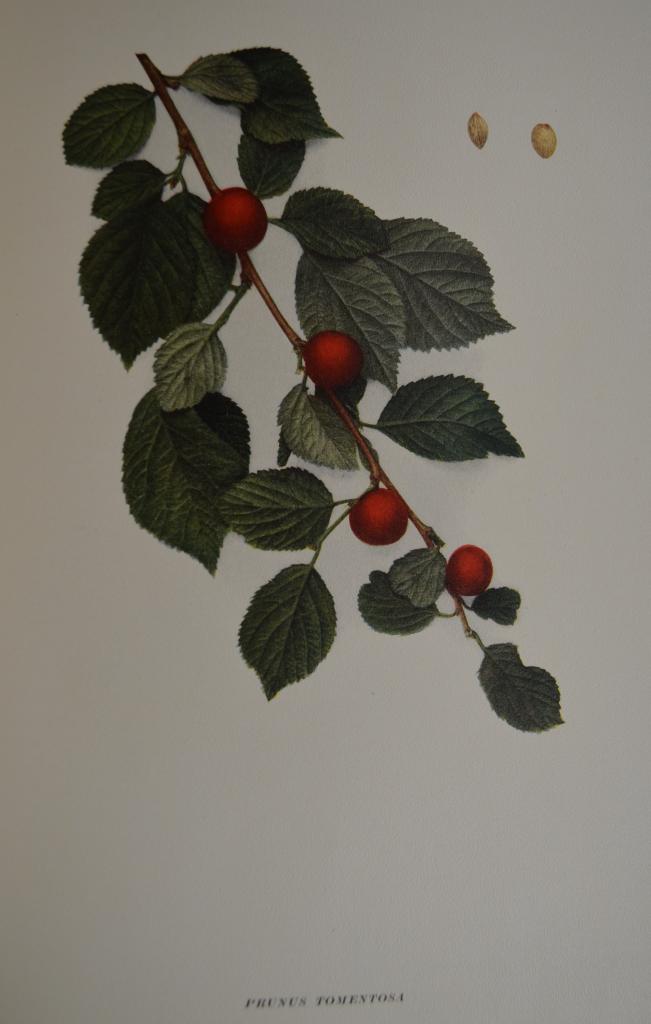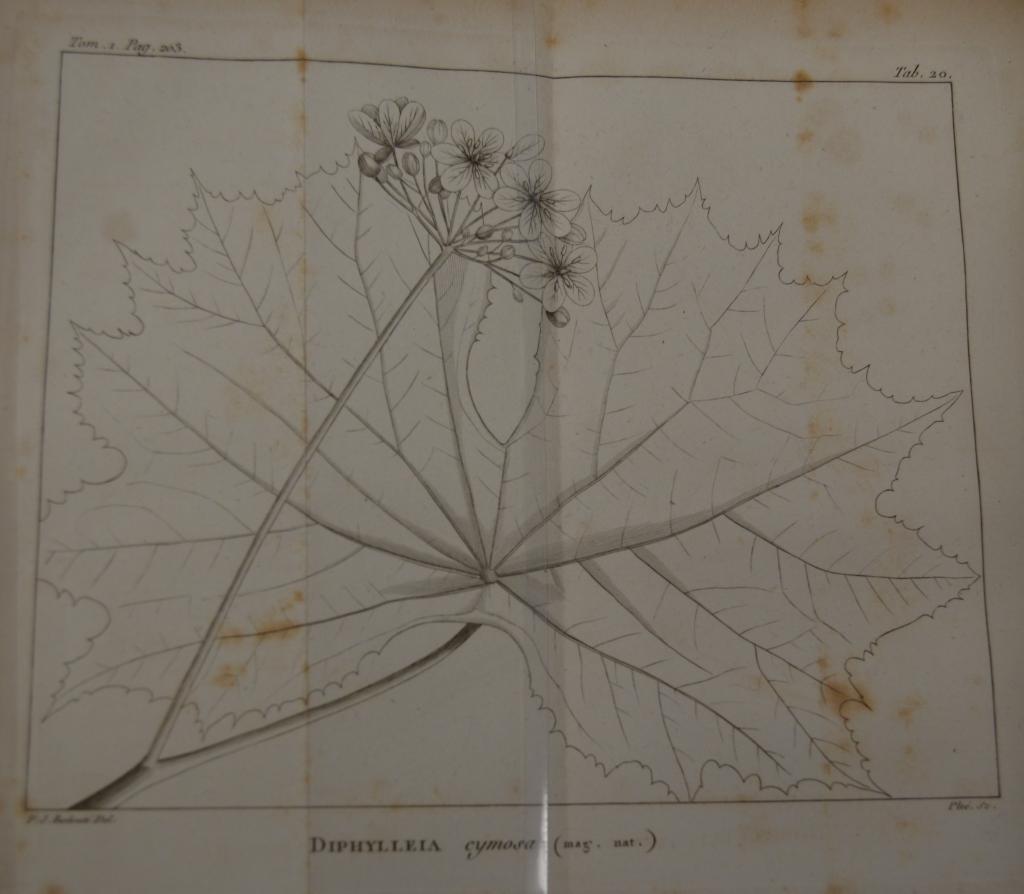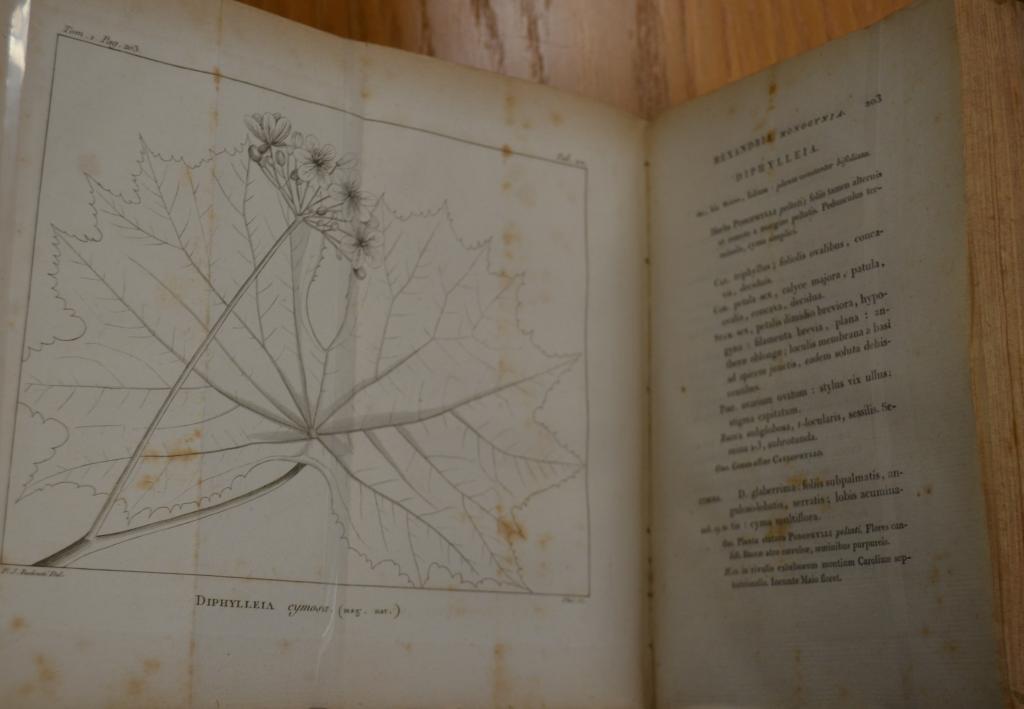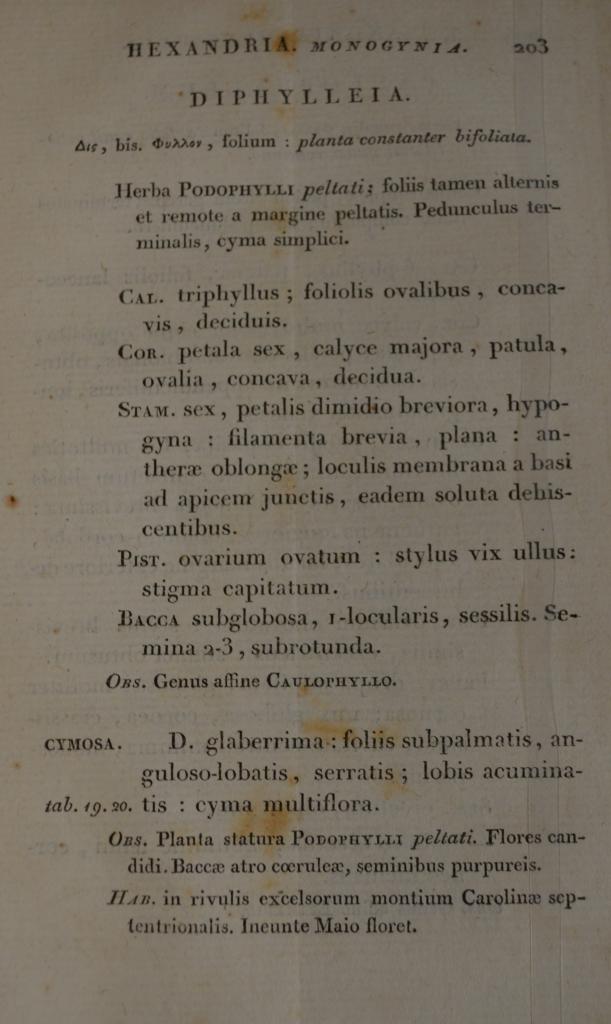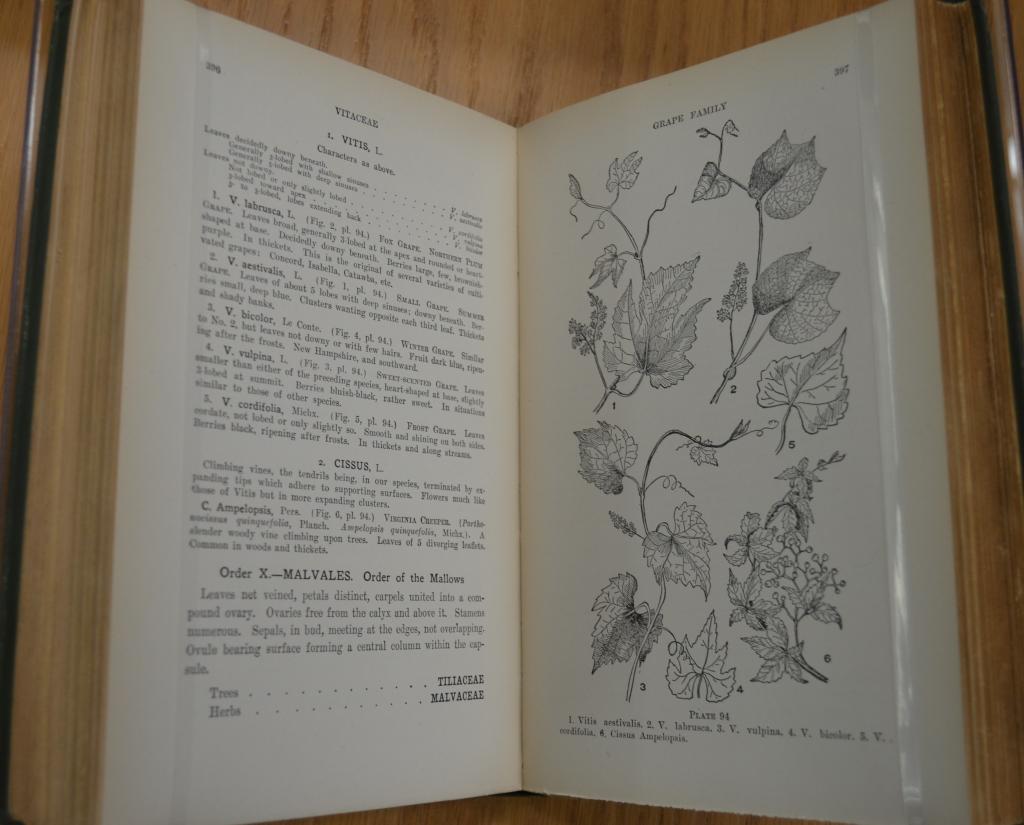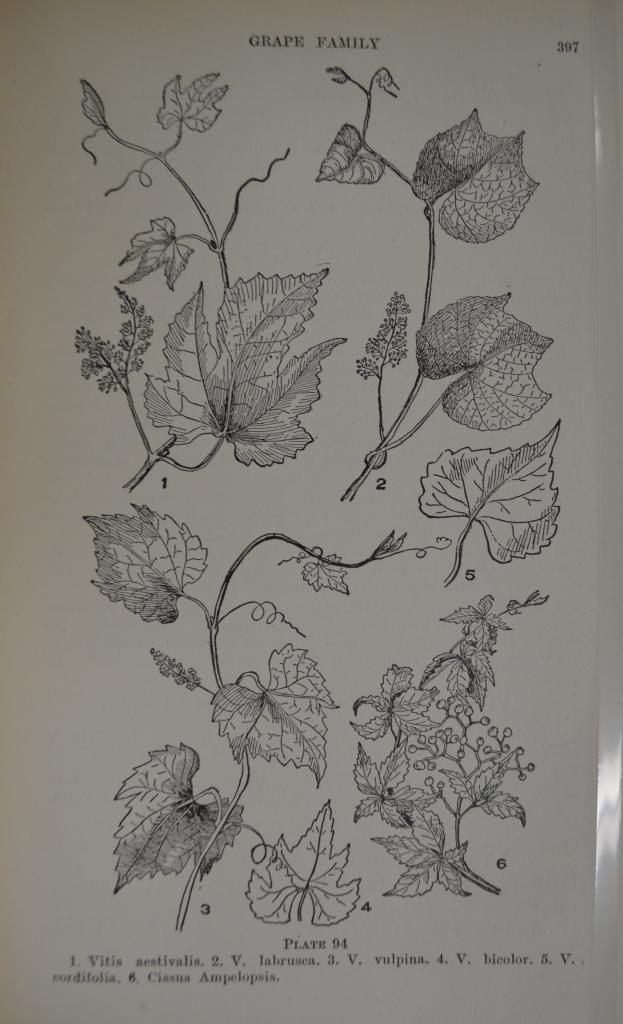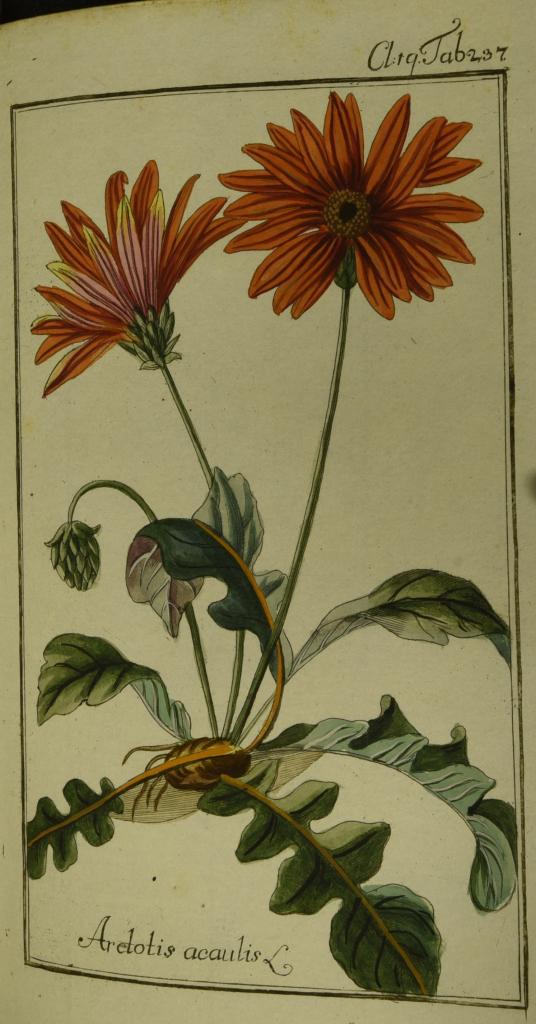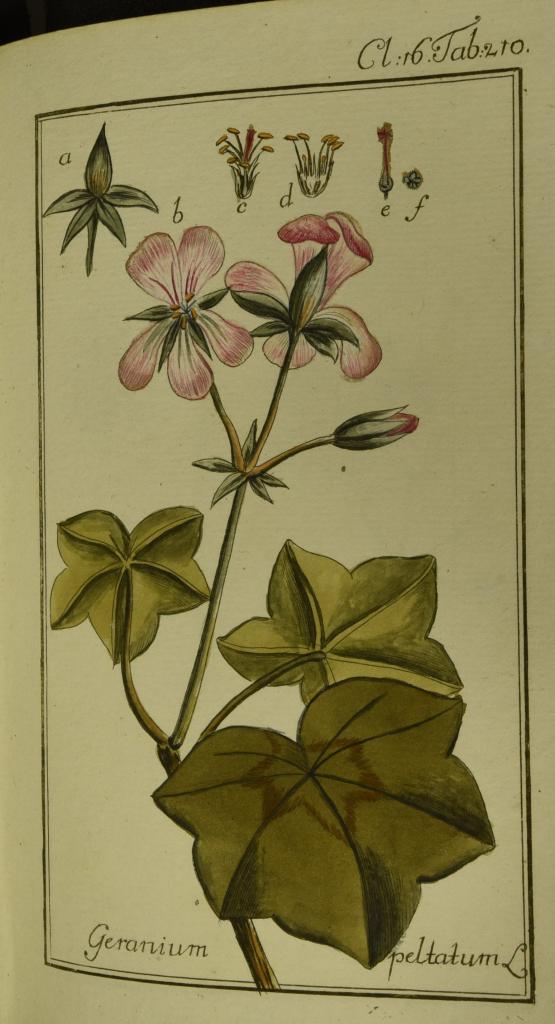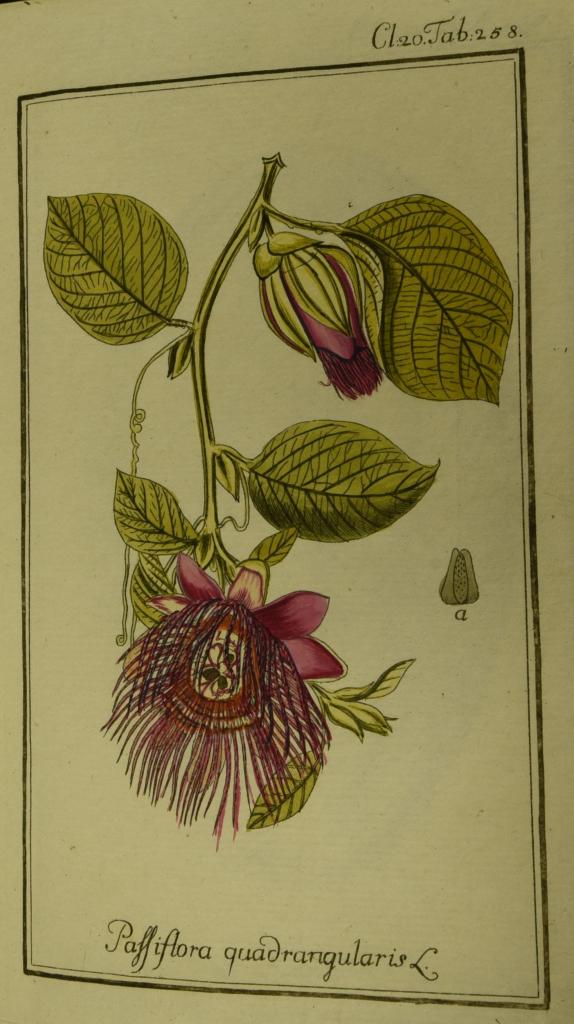Illustrations Rooted & Flourishing in America
It is no surprise that North America has its own unique flora. Early Old World explorers were astounded by the vast richness of our forests, prairies, deserts and wetlands that spread across the continent. Since 1588 European botanists have visited the New World to collect plant specimens and transport them to their homelands to grow in conservatories, share the beauty with others, and inspire fellow artists.
Barton, William P. C. 1821. A Flora of North America. : Illustrated by Coloured Figures, Drawn from Nature. M. Carey & sons. 3 vols.
William P.C. Barton was a major proponent of American science and research, and tried to steer other Americans to conducting their own studies rather than relying on foreign scientists. In his work A Flora of North America, he drew the plants himself, and during the printing process, made sure the colors printed were as true as possible to the plant. In the preface of the first volume, he even describes his colors is detail, comparing them to other, naturally and commonly-known items, so the reader could visualize the color. The plant descriptions include the then-current Latin name of each species and the common English names, plus the growth habits, ranges and habitat, known history, and usages of each plant. Barton sold his work on a subscription basis, sending out installments as they were completed.
Barton, William P. C. 1825. Vegetable Materia Medica... of the United States : Containing a Botanical, General, and Medical History of Medicinal Plants Indigenous to the United States. Illustrated by Coloured Engravings ... Done by the Author.
William Barton (1786–1856) was a naval surgeon and avid botanist, following at the heels of his uncle, botanist and author Benjamin Smith Barton, and a contemporary of Jacob Bigelow. Vegetable Materia Medica of the United States was one of the first American botanical publications for use in identifying medicinal plants that included hand-colored copperplate engravings. The work also provided extensive descriptions and medicinal uses of the plants. This was one of the first American botanical publications with colored illustrations. Barton's contains hand-colored copperplate engravings. Source
Hedrick, U. P., C. B. Tubergen, R. Wellington, G. H. Howe, and O. M. Taylor. 1915. The Cherries of New York. Report of the New York Agricultural Experiment Station for the Year 1914: II. J. B. Lyon company, state printers.
Part of the series of [Fruits] of New York, this set illustrates fruit species grown in the New York region for commercial and personal purposes. Ulysses Prentiss Hedrick earned his B.S. and M.S. [thesis: Design for a Park, 1895] here at the Michigan Agricultural College. He landed at the New York Agricultural Experiment Station at Geneva, New York, (later becoming part of Cornell University) where he spent 37 years as one the greatest pomologists and horticulturalists of our day.
Michaux, André, and Pierre Joseph Redouté. 1803. Flora Boreali-Americana : Sistens Caracteres Plantarum Quas in America Septentrionali Collegit et Detexit Andreas Michaux. Typis Caroli Crapelex, apud fratres Levrault. 2 vols.
Michaux, a French botanist, traveled extensively but quite unsuccessfully, on botanical excursions across the globe. He ultimately published two heralded works on American botany, Flora Boreali-Americana [The Botany of the Northern Parts of British America] and Histoire des chênes de l’Amérique [The Oaks of North America].
Stevens, George T. 1910. An Illustrated Guide to the Flowering Plants of the Middle Atlantic and New England States : (Excepting the Grasses and Sedges) the Descriptive Text Written in Familiar Language. Dodd, Mead and company.
Dr. George Stevens was a physician during the American Civil war who shared an affinity of botany with his wife Harriet. They frequently shared letters containing plant descriptions and pressed flowers. This work is one example where he took great care in explaining basic botany, and key out descriptions to separate species.
Zorn, Johannes. 1785. Dreyhundert Auserlesene Amerikanische Gewächse Nach Linneischer Ordnung. Auf Kosten der Raspischen Buchhandlung.
Johannes Zorn was a German pharmacist, botanist and botanical illustrator who was entranced with ‘New World’ flora. Zorn illustrated his own work on American flora, based primarily on Nic. Josephi Jacquin’s Selectarum Stirpium Americanarum historia (first published in 1763). Of Jacquin’s 264 plates, Zorn omitted 16 and added 52 new ones. To make this important and extremely rare work available to science, Zorn published the explanatory text and the plates on a reduced scale. Dr. Zorn has been honored with the genus Zornia, a collection of 86 international species in the family Fabaceae (legumes).


